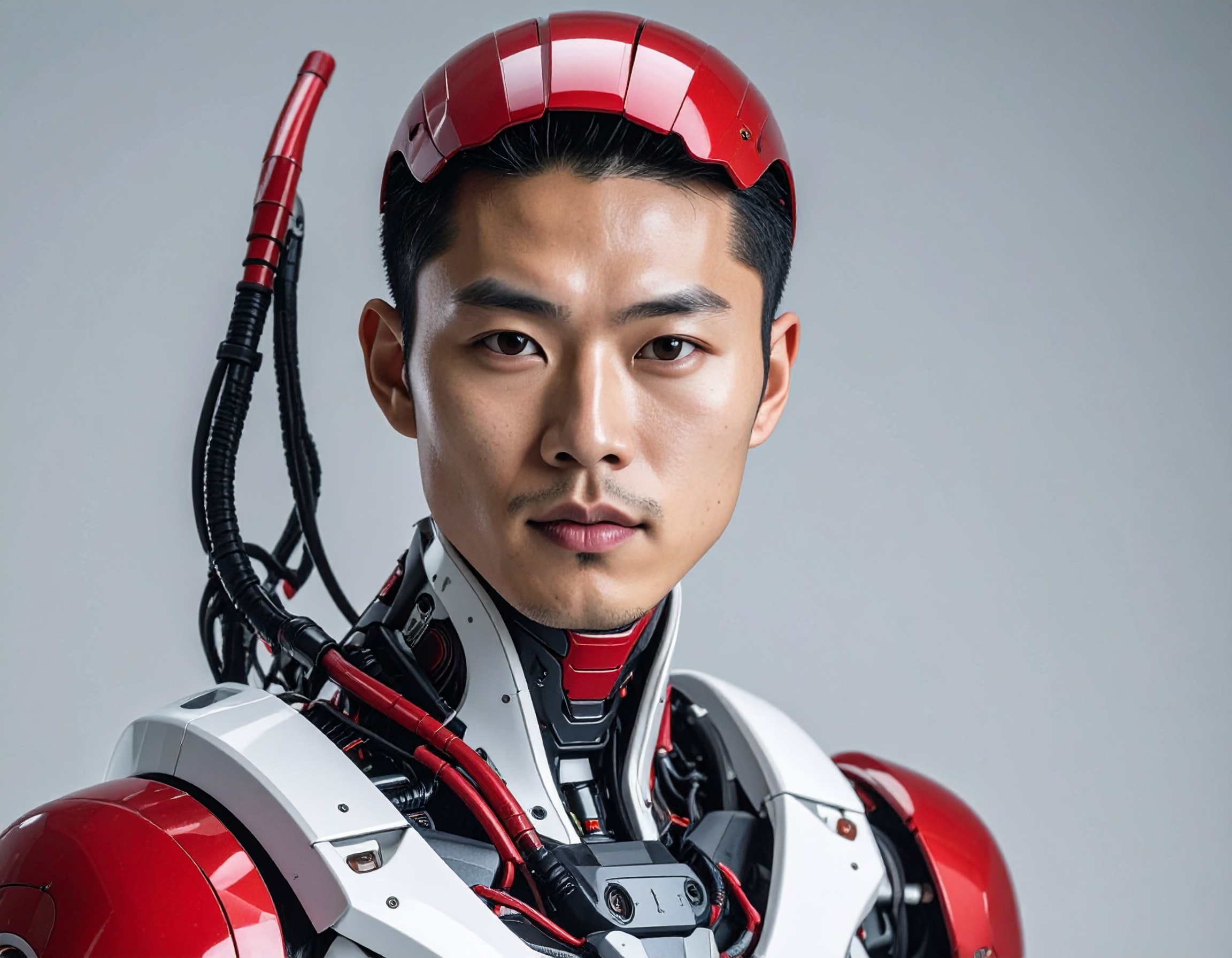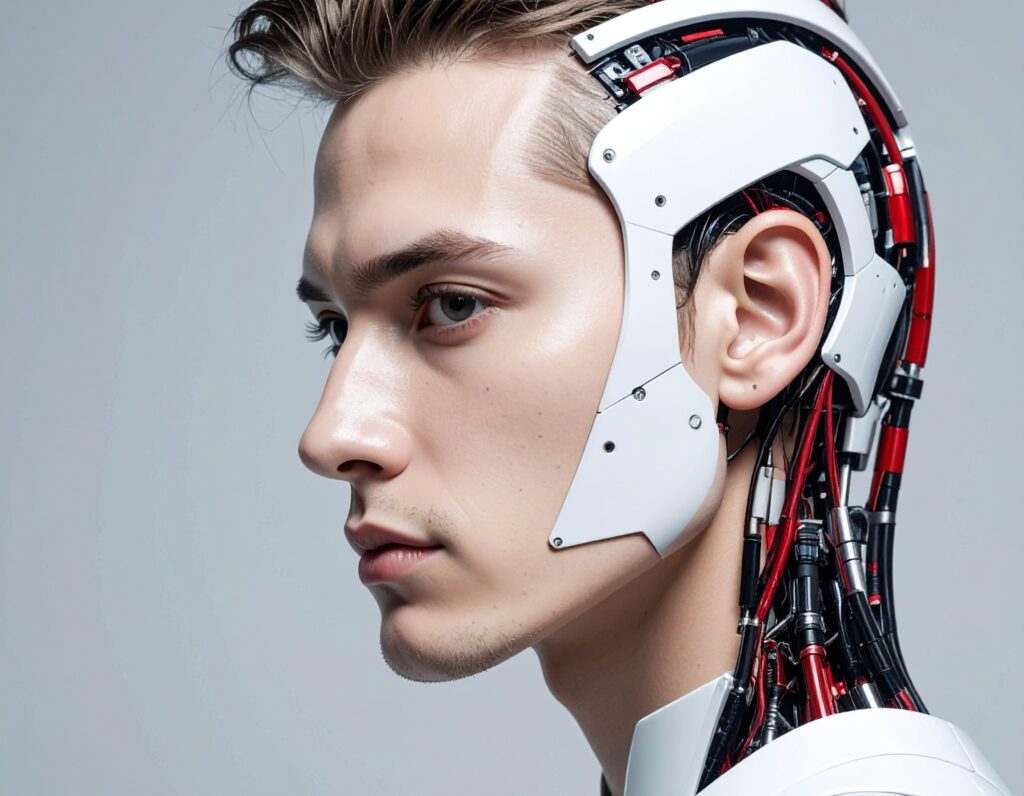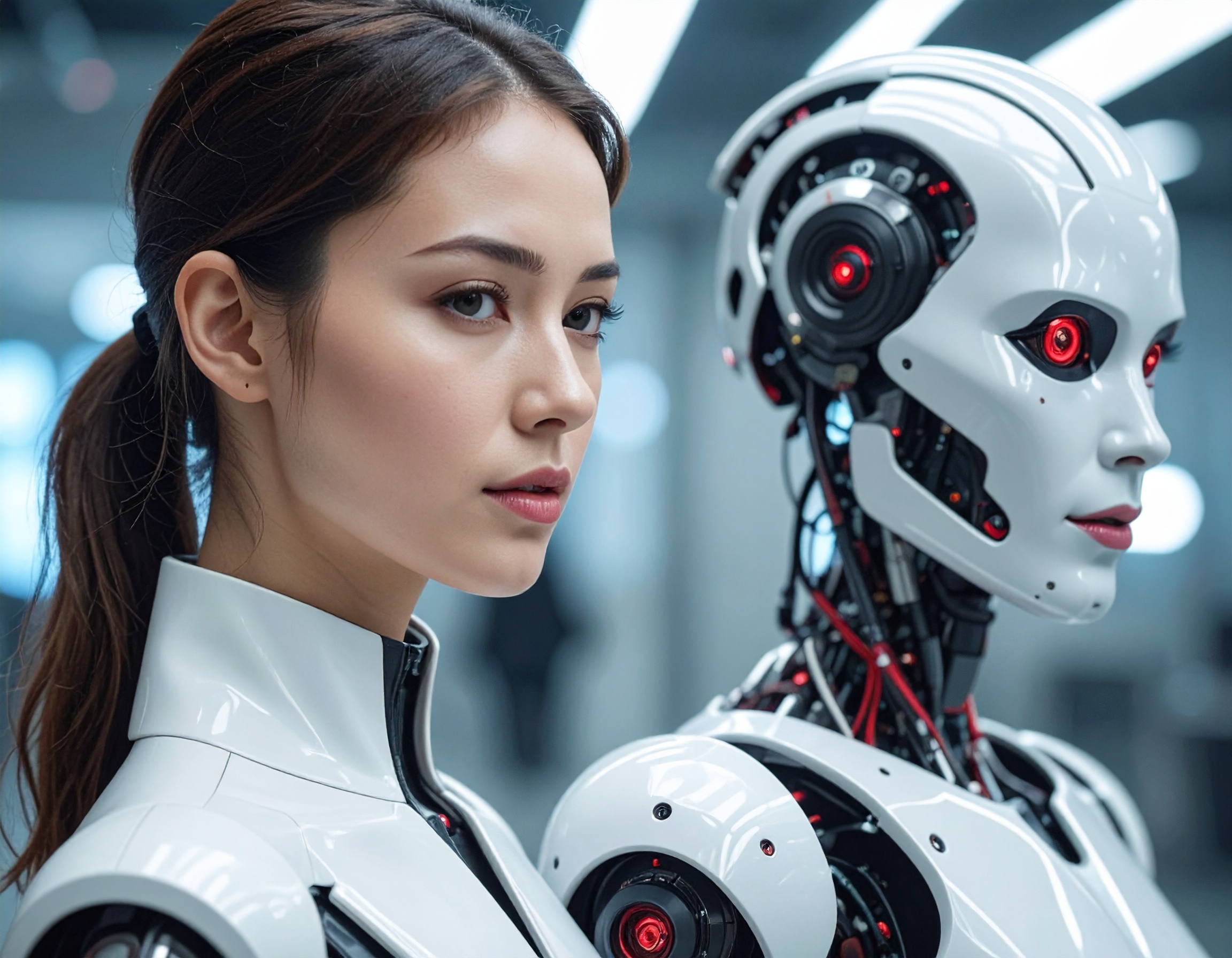Training AI Employees in Virtual Worlds: How MIT Uses Generative AI to Build Smarter Non-Human Workers

When it comes to preparing robots for the messy, unpredictable real world, MIT researchers introduced a breakthrough on October 8, 2025: a system called “steerable scene generation” that can automatically craft lifelike 3D environments (kitchens, living rooms, restaurants) in which simulated robots can practice tasks. This advance is important because collecting real-world training data is slow, expensive, and hard to scale. By generating diverse, realistic virtual training grounds, engineers can train AI Employees and Non-Human Workers much more efficiently.
What Happened: Generative AI Meets Robot Training
The MIT team (CSAIL in collaboration with Toyota Research Institute) built their system by training on over 44 million 3D room scenes populated with objects like tables, dishes, books, and more. Then they use a diffusion model steered by a search strategy (Monte Carlo Tree Search, or MCTS) to generate new configurations that are physically plausible (e.g. no forks passing through bowls) and more complex than the training set.
Some key results and design features:
- In one experiment, MCTS managed to place 34 objects in a restaurant scene—well above the average 17 in the training set.
- The system supports conditional prompting: you can describe what you want (e.g. “a kitchen with four apples and a bowl on the table”) and it will generate it with high fidelity (98 % success on pantry scenes, 86 % for messy breakfast tables) — outperforming comparable models by 10+ %.
- It also enables post-training search and reinforcement learning to move beyond the distributions seen in the training data, allowing “never-seen” but useful scenes to emerge.
These virtual scenes become testbeds where simulated agents (future Voice AI Agents, robotic arms, etc.) train on tasks like placing items, sorting, or manipulation.

Why It Matters: From Virtual Training to Real Impact
This development pushes forward how we teach Non-Human Workers in a few crucial ways:
- Scalability: Instead of manually crafting each scenario or collecting real-world robot trials, this method can generate vast and varied datasets almost automatically.
- Transferability: More realistic, physically consistent scenes reduce the so-called “simulation-to-reality gap” (the mismatch between what robots learn in simulation vs. the real world).
- Flexibility: Researchers want to extend this to generate new objects (not just reuse a fixed library) and support articulated items (jars, drawers) for richer interaction.
In the broader landscape, this approach complements other MIT advances — for example, using generative AI to optimize robot structure (jumping, landing) or enabling robots to teach themselves via single-camera vision methods.
What’s Next & Relevance Today
Going forward, MIT researchers aim to:
- Move beyond static libraries to generate entirely new 3D objects and scenes
- Incorporate articulated, movable parts (like drawers, bottles) to enrich interaction
- Leverage internet-scale visual libraries via “real2sim” methods to unify real-world imagery with simulation
For practitioners in robotics, automation, or AI-driven systems, this work is relevant now because it offers a path to build smarter AI Employees and Voice AI Agents faster and more robustly — training them in virtual worlds before deploying in the physical world. It could accelerate development in warehouses, homes, factories, and more.
Key Highlights:
- MIT unveiled steerable scene generation on October 8, 2025, to automatically craft realistic 3D simulation environments for robot training.
- The system uses diffusion models + Monte Carlo Tree Search to generate complex, physically plausible scenes from a library of 44 million sample rooms.
- It supports prompted scene creation, outperforms prior methods (98 % accuracy in pantry scenes, 86 % in messy tables).
- Enables reinforcement learning / post-training search to discover new, useful scene styles beyond original distributions.
- Helps scale training of Non-Human Workers / AI Employees, narrowing the gap between simulation and real deployment.
- Future work: generating new object types, articulated scenes, and integrating large real-world visual assets.
Reference:
https://news.mit.edu/2025/using-generative-ai-diversify-virtual-training-grounds-robots-1008


